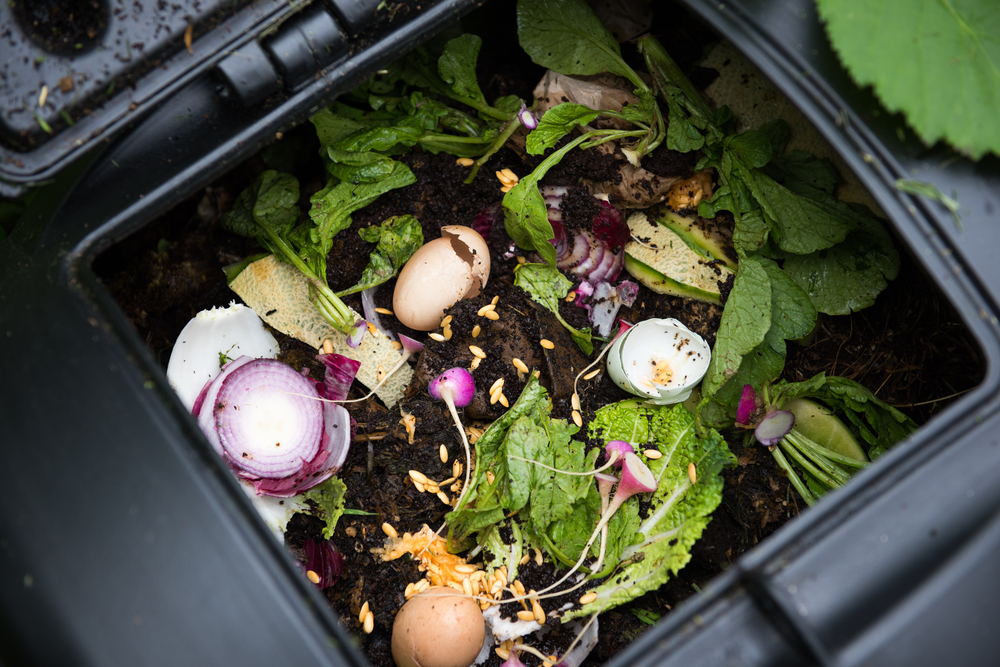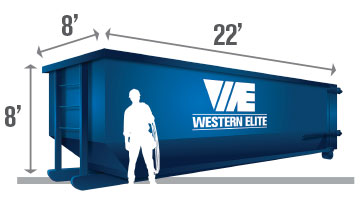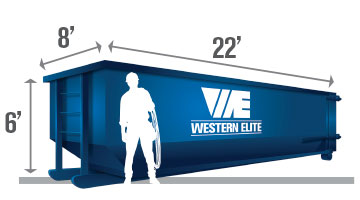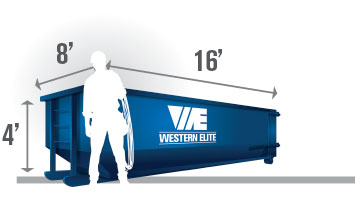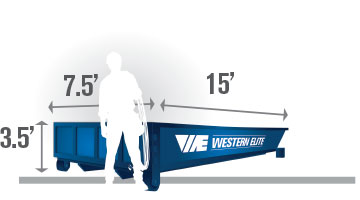In one of our previous blogs, we talked about some simple tips to get you started on your own compost pile. We discussed what food waste you should compost and what items you should steer clear of. So many people assume that composting is a tool they can’t utilize in a small space, or in a home with minimal gardening space. Others just find the idea of composting to be daunting. On the contrary, composting can be a rather simple process! By setting up your compost pile the correct way a lot of the hard work is done for you naturally.
As we enter September, there’s no better time than the present to start that compost pile. Not only can it act as a great natural fertilizer for early autumn fruits and veggies, but it’s an awesome science-based experiment to involve the entire family with as the school year starts back up. Here are our favorite tips and tricks to make your compost pile a success.
Find Your Key Ingredients
Starting up a compost pile is simple. In fact, all you really need is a reminder to collect the key ingredients you likely toss in your waste bin every day. Simply start by selecting and collecting the right organic materials that you’ll later use to make your compost blend. Collect hearty amounts of carbon materials (like leaves, coffee filters, and eggshells) and nitrogen heavy materials (like your basic vegetable scraps and coffee grounds). If you want to make sure that your “compost blend” continues to decompose at a rapid pace, make sure to correctly ratio your materials. Your pile should be about four parts of carbon products to every one part of nitrogen.
Shred, Grind, and Chop!
Shred or chop up your materials into small pieces. The smaller the pieces, the better. A simple 3’ x 3’ pile in your backyard or patio garden area is a perfect place to start. If the ratio of your mixture and the size of the compost pile is kept small, you should see results in as little as 30 days. Mix your materials together, and try not to add fresh materials to the pile right away. Doing so will slow down decomposition, and we want that compost pile ready for use as soon as possible.
Fuel the Pile
In early September we’re still experiencing the great heat of the summer sun. Thankfully, you can use that heat to your composting advantage. Heat, oxygen, and moisture will keep your materials healthy and decomposing. They’ll act as the three elements of fuel to keep your materials “cooking”, so to speak.
Every couple of days take a rake or pitchfork to the small pile, tossing it around thoroughly. Doing this allows new oxygen to make its way into the pile, effectively giving it the fuel it needs to continue decomposing. But oxygen isn’t enough for a healthy compost pile, you’ll also need to add moisture! Too much water can negatively impact the compost, but you should never allow the pile to dry completely. The pile should feel like a damp sponge; with just enough water to help itself along!
Use it in Your Garden
There you have it! You’re now the proud owner of a compost pile you’ve made entirely from scraps and waste. Not only are you helping to repurpose your daily consumption, but you’re also using it to feed flower beds and food gardens in your own backyard. Have some compost to spare? Offer your efforts to your neighbors! Compost is a natural fertilizer that most plants will thrive on. And who knows, you may inspire your friends and family to start their own piles this summer.

